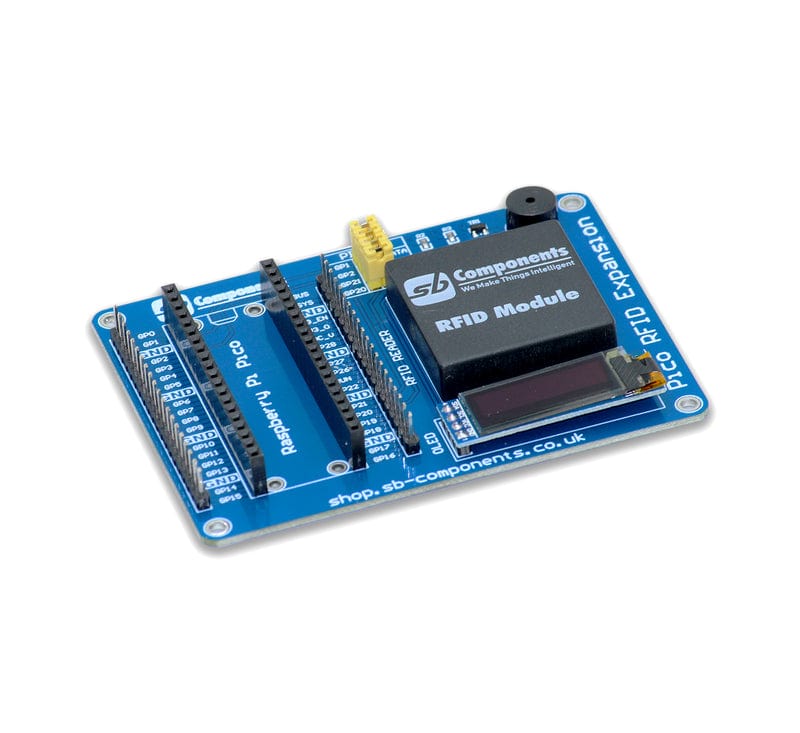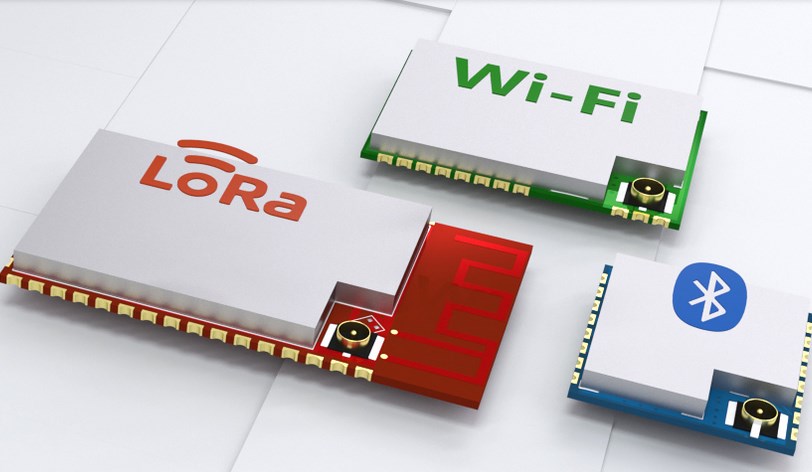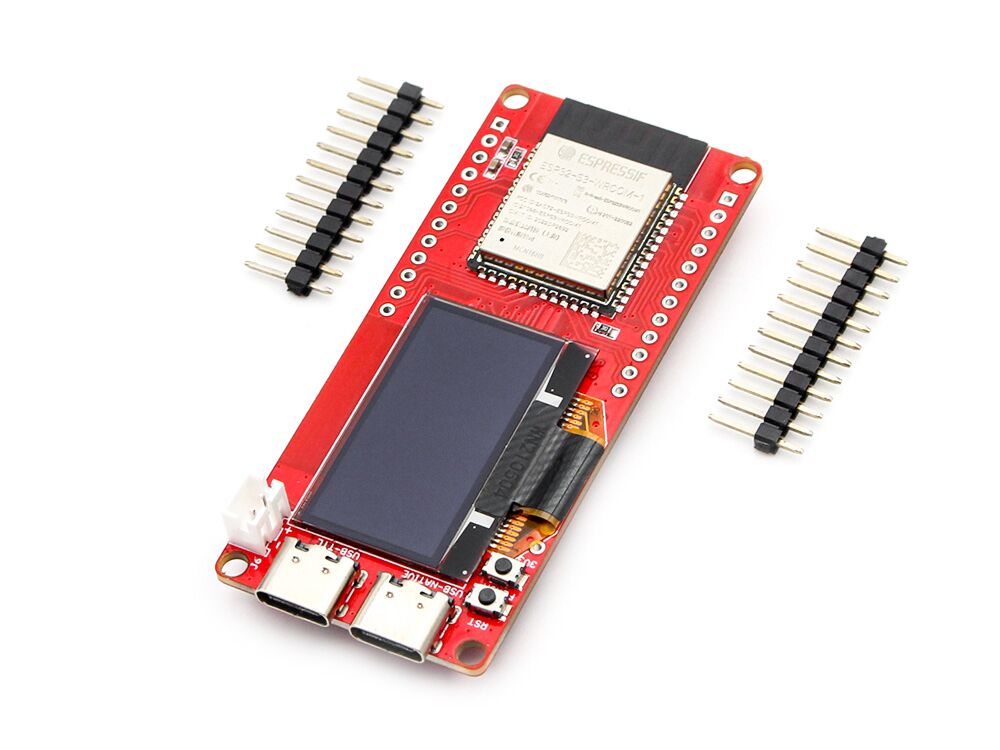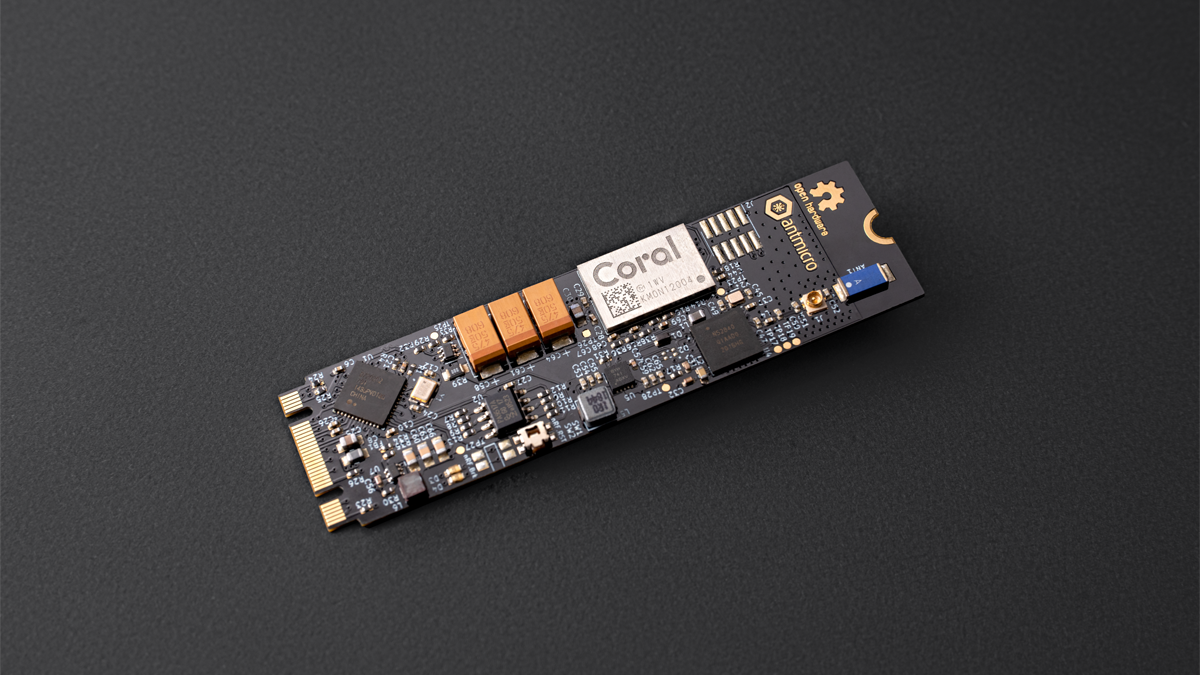When developing an IoT project, selecting the proper connectivity solution is a crucial decision. Two leading options are the LTE module and Narrowband IoT (NB-IoT). While both allow devices to communicate over cellular networks, they cater to different use cases. Understanding their advantages, limitations, and real-world applications ensures successful deployments and optimal resource allocation.
What an LTE Module Brings to IoT
An LTE module provides devices with high-speed connectivity via 4G networks. This capability supports applications that require significant bandwidth, such as video monitoring, fleet management, and real-time analytics. LTE modules allow mobile devices to maintain seamless connections across cells, making them ideal for moving assets. For example, logistics companies use LTE modules in vehicles to transmit GPS and sensor data every few seconds, ensuring accurate tracking and timely delivery updates.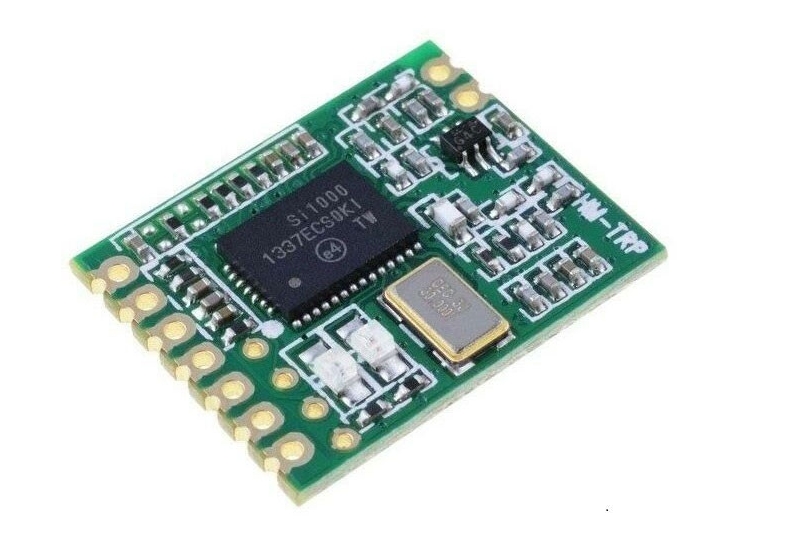
The Advantages of NB-IoT
NB-IoT is a low-power wide-area network (LPWAN) technology designed for stationary or low-mobility devices. It excels in deep indoor coverage and can support thousands of devices per network cell. Typical applications include smart meters, environmental sensors, and parking management systems. In Norway, a water utility company deployed NB-IoT meters across 90% of households, achieving a 75% reduction in manual readings and lowering operational costs significantly.
Data Rate Considerations
LTE modules offer data rates of up to 100 Mbps downstream and 50 Mbps upstream, depending on network conditions and carrier aggregation. These speeds allow devices to stream high-definition video or upload large datasets. NB-IoT, by contrast, provides data rates of roughly 20–250 kbps, which is sufficient for small, intermittent transmissions. Developers must evaluate whether their application requires continuous high-speed data or can operate with minimal, infrequent communication.
Coverage and Signal Penetration
NB-IoT is optimized for wide coverage and deep penetration, reaching basements, tunnels, and rural areas where LTE signals may be weak. Studies show NB-IoT can extend coverage up to 20 dB better than standard LTE in indoor scenarios. While LTE modules provide broader overall network support, deep indoor performance can be limited. For stationary applications in challenging environments, NB-IoT often offers more reliable connectivity.
Power Consumption and Battery Life
One of NB-IoT’s most substantial advantages is low power consumption. Devices can operate for five to ten years on a single battery under typical reporting intervals. LTE modules consume significantly more energy due to higher data rates and mobility support, which is acceptable in applications with continuous power access. IoT devices like smart agriculture sensors benefit from NB-IoT’s energy efficiency, reducing maintenance and battery replacement costs.

Mobility and Real-Time Requirements
LTE modules maintain connectivity while moving across cells, enabling real-time tracking and dynamic control. This capability suits applications such as autonomous vehicles, delivery drones, and wearable health monitors. NB-IoT, however, is optimized for static or minimally mobile devices. It cannot efficiently handle seamless handovers between cells, making it less suitable for mobile, real-time IoT applications.
Cost and Deployment Implications
Implementing LTE modules generally involves higher hardware costs and data plan expenses. NB-IoT modules are cost-effective for large-scale deployments, mainly where low data usage suffices. For instance, citywide innovative parking solutions in Singapore leveraged NB-IoT sensors, reducing infrastructure costs by over 40% compared to LTE-based alternatives. Developers should weigh upfront costs against long-term operational requirements.
Selecting the Right LTE Module or NB-IoT Solution
Choosing between an LTE module and NB-IoT depends on your project’s specific requirements. If your application demands high-speed data, mobility, and real-time communication, LTE modules are the preferred choice. Conversely, for stationary sensors, low-power operation and cost-effective scaling, NB-IoT offers significant benefits. By evaluating coverage, power consumption, data requirements, and budget, developers can select the technology that maximizes efficiency and reliability for their IoT projects.


